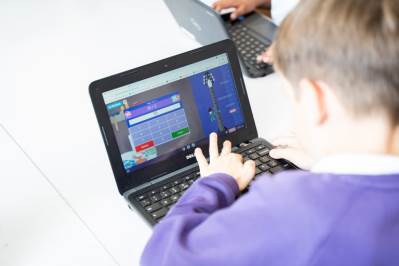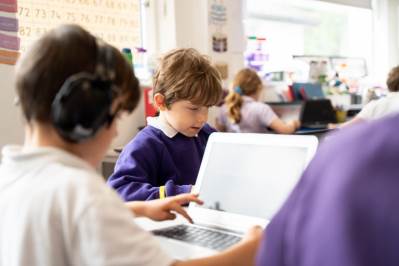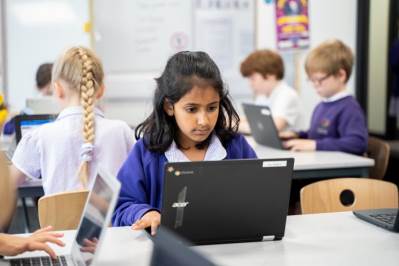Computing
Vision
We use computing lessons to develop children’s skills and understanding. Technology is everywhere and plays a pivotal part in pupils' lives. Therefore, we want to model and educate children on how to use technology positively, responsibly and safely.
Intent
We recognise that technology can allow pupils to share their learning in creative ways. We also understand the accessibility opportunities technology can provide for our pupils: our STEM-based curriculum has to be balanced with the opportunity for pupils to apply their knowledge creatively which will, in turn, help children become skilful computer scientists. We want the children to have the skills, confidence and resilience to create, design and debug programmes. We want them to understand the process and importance of technologies in addition to their understanding and computational thinking.
By the end of their time with us, pupils will be fluent with a range of tools to best express their understanding and have the independence and confidence to choose the best tool to fulfil the task and challenges they are set.
Overview of Computing at Evendons.
Implementation
We are committed to embedding computing throughout our whole school curriculum, taking every opportunity to enhance learning through the effective use of technology. The teaching and learning of computing in our school is rooted in the delivery of key concepts, carefully structured to support children’s understanding through shared vocabulary, glossaries, and visual displays.
Each computing theme is purposefully planned with clear progression across all key stages, within the strands of digital literacy, information technology, and computer science. Lessons are delivered through supportive and structured pedagogies such as PRIMM (Predict, Run, Investigate, Modify, Make) and Use-Modify-Create, ensuring that learning is both accessible and challenging.
Our approach is hands-on and collaborative, encouraging classroom dialogue that reinforces key terminology and provides opportunities for children to express their thoughts and ideas. By using real-world and contextual examples, abstract computing concepts are brought to life, often highlighting links with other curriculum subjects, especially within STEM.
Teaching also incorporates a range of unplugged activities such as storytelling, analogies, and drawing on pupils’ lived experiences to make learning meaningful and relatable. Children have regular access to a variety of hardware and software, and the safe use of digital systems is considered across the wider curriculum.
Children's work is stored on Google Drive, allowing for both reference and assessment. Certain areas of the curriculum, such as online safety, GDPR, and understanding personal information, are taught discretely at the beginning of each term, ensuring all children understand how to stay safe online and who to approach for help when needed. These vital topics are revisited regularly through linked lessons and every interaction with digital devices. Ultimately, our goal is to ensure all children are digitally literate and equipped with the knowledge and skills they need to thrive in an increasingly digital world.












